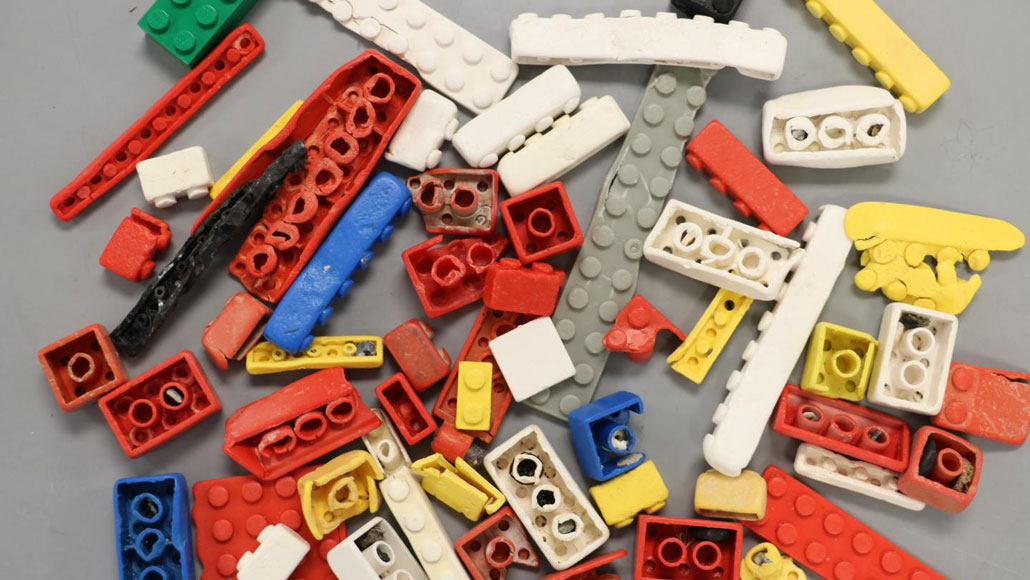Legos may take hundreds of years to break down in the ocean
Scientists suspect that other types of sturdy plastic may endure for just as long

By matching Legos weathered for decades at sea (pictured) to pristine versions of the same blocks, scientists estimate that it could take 100 to 1,300 years for some Legos to break down in the ocean.
A. Turner/University of Plymouth







